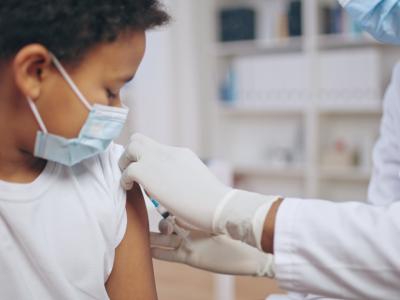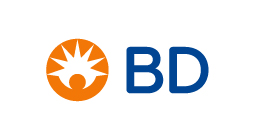.jpg)
CARB-X (Combating Antibiotic-Resistant Bacteria Biopharmaceutical Accelerator) announced today that it is awarding $1.1 million to biotechnology company Phiogen to advance its novel bacteriophage-based treatment and preventive for extraintestinal pathogenic Escherichia coli (ExPEC) bloodstream infections.
The money will enable Houston-based Phiogen to evaluate PHI-BI-01, a product that uses bacteriophages—bacteria-killing viruses—to eliminate ExPEC in the bloodstream and activate an immune response that helps prevent recurrence. ExPEC strains, which typically originate in the gastrointestinal system or urinary tract, have become a more frequent cause of invasive bloodstream infections and have grown increasingly resistant to antibiotics.
PHI-BI-01 is among the phage-based drug candidates delivered through Phiogen's discovery platform, which uses a bacteriophage mass-capturing device, high-throughput screening, and directed evolution to develop phages with antibacterial and immunogenic properties.
"Our team's discovery redefines what phages can do, opening the door to a new class of live biologics capable of addressing both acute infection and recurrent disease," Phiogen CEO Amanda Burkardt, MBA, said in a CARB-X press release.
Novel approach for preventing E coli infections
Phiogen will work with CARB-X to explore PHB-BI-01's immunogenic properties, generate pre-clinical data, and advance the project to first-in-human clinical trials.
"PHIOGEN offers a potential novel approach to the prevention of invasive disease caused by E. coli," said CARB-X research and development chief Erin Duffy, PhD. "We are excited to evaluate the immune harnessing potential of this project."
The award is the latest from CARB-X's 2024 funding round. Since its founding in 2016, CARB-X has funded 116 early-stage R&D products designed to prevent, treat, and diagnose antibiotic-resistant infections.

.jpg)
















